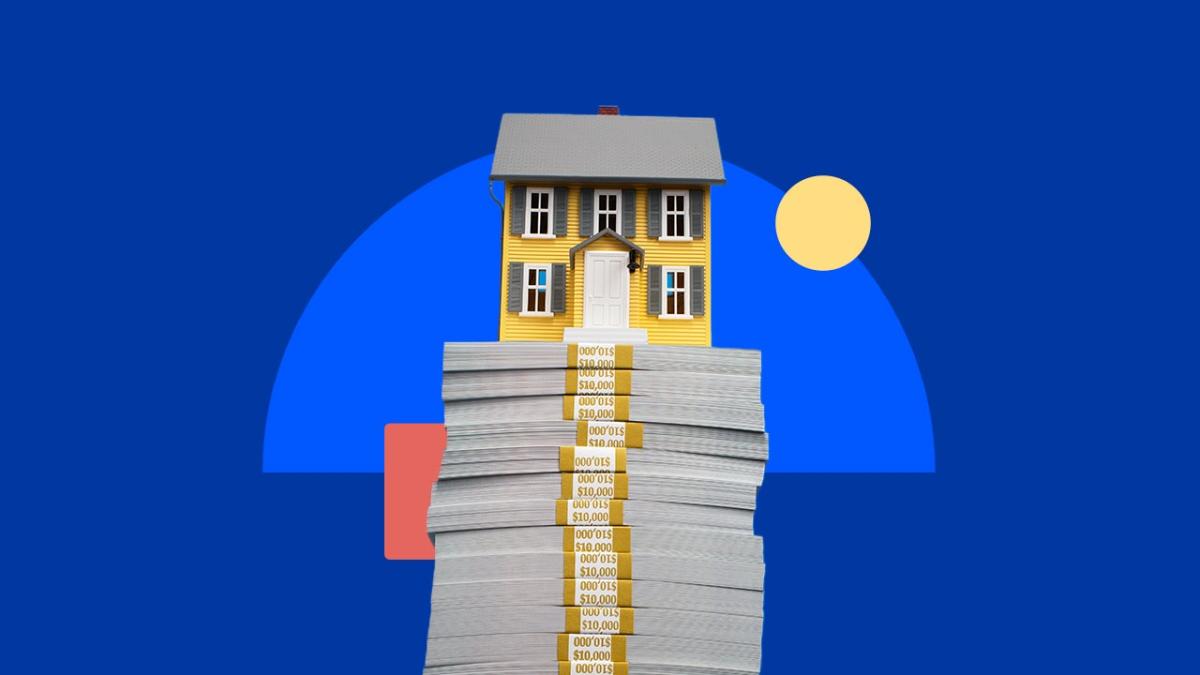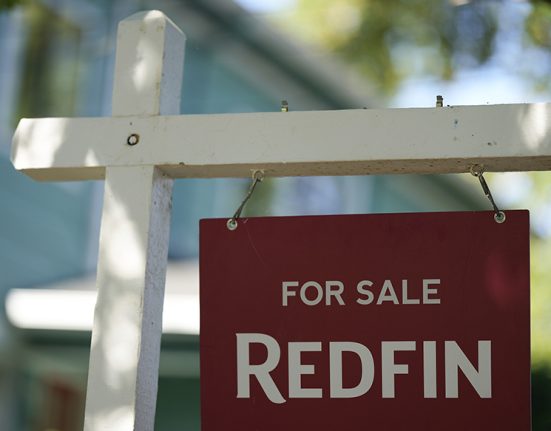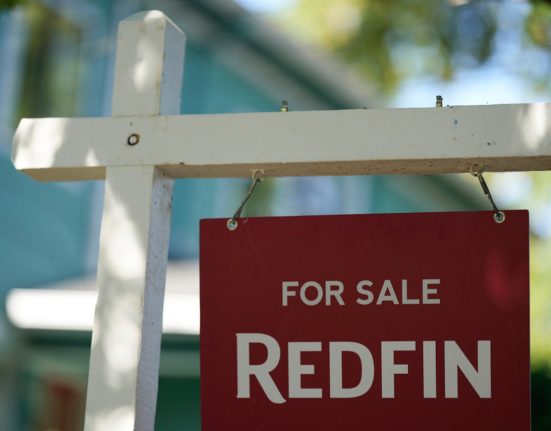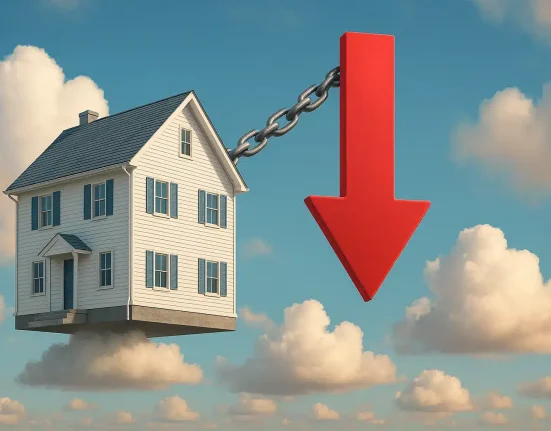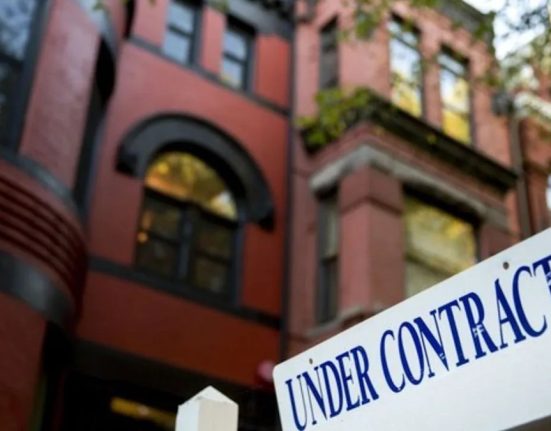Mortgage rates moved down this week, with the 30-year fixed rate averaging 6.72 percent, compared to 6.79 percent the previous week, according to Bankrate’s latest lender survey.
|
Loan type |
Current |
4 weeks ago |
One year ago |
52-week average |
52-week low |
|---|---|---|---|---|---|
|
6.72% |
6.89% |
7.09% |
6.80% |
6.20% |
|
|
5.85% |
6.06% |
6.51% |
6.03% |
5.40% |
|
|
6.75% |
6.88% |
7.13% |
6.84% |
6.36% |
The 30-year fixed mortgages in this week’s survey had an average total of 0.33 discount and origination points. Discount points are a way to lower your mortgage rate, while origination points are fees lenders charge to create, review and process your loan.
Learn more: Will mortgage rates go down this upcoming week?
Bankrate connects you to the latest lender offers, tailored to you. Find your low rate today.
The national median family income for 2025 is $104,200, according to the U.S. Department of Housing and Urban Development, and the median price of an existing home sold in May 2025 was $422,800, according to the National Association of Realtors. Based on a 20 percent down payment and a 6.72 percent mortgage rate, the monthly payment of $2,187 amounts to 25 percent of the typical family’s monthly income.
Last month, the Federal Reserve decided to leave the federal funds rate untouched. Mortgage rates didn’t respond to the Fed’s three consecutive cuts last year — a reminder that fixed mortgage rates are not set directly by the Fed but by investor appetite, particularly for 10-year Treasury bonds. When there’s uncertainty in the market, investors buy Treasury bonds, which in turn drives yields — and, often, mortgage rates — downward.
Shop Top Mortgage Rates
President Donald Trump’s tariff policies spurred a spasm of market swings that included 10-year Treasury yields briefly dropping below 4 percent. As of Wednesday afternoon, they stood at 4.3 percent.
“A Fed on hold aligns with our forecast for little change in mortgage rates for the time being,” says Mike Fratantoni, chief economist at the Mortgage Bankers Association.
Another factor is inflation, which remains persistently higher than the Fed’s target of 2 percent. The Labor Department reported that inflation had edged up to 2.4 percent in May, an uptick, but still tame enough to relieve some of the pressure on mortgage rates.
Even with the volatility in markets, housing economists say mortgage rates are likely to move gradually rather than dramatically. “With inflation easing and uncertainty around tariffs and Fed policy continuing to weigh on markets, investors have shifted toward safer assets like Treasurys,” says Samir Dedhia, CEO of One Real Mortgage. “As yields drop, mortgage-backed securities have found firmer footing, allowing mortgage rates to come down across the board.”

